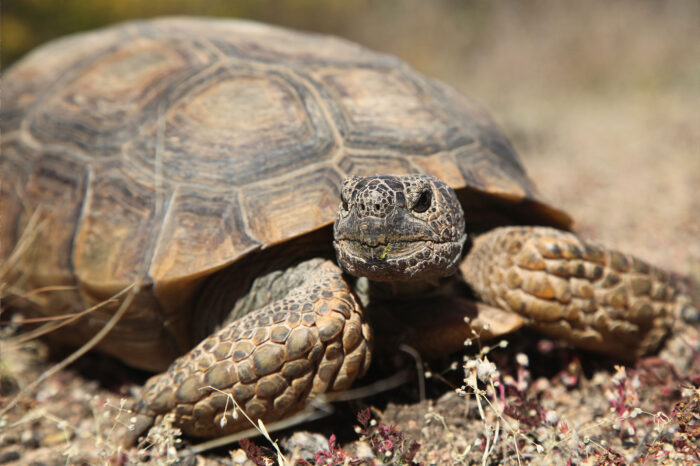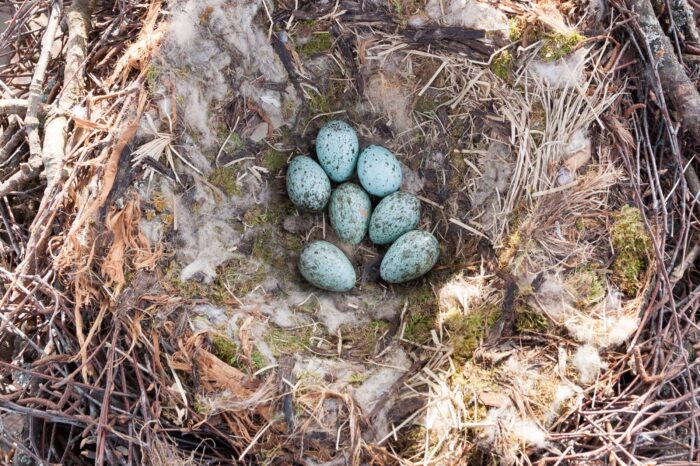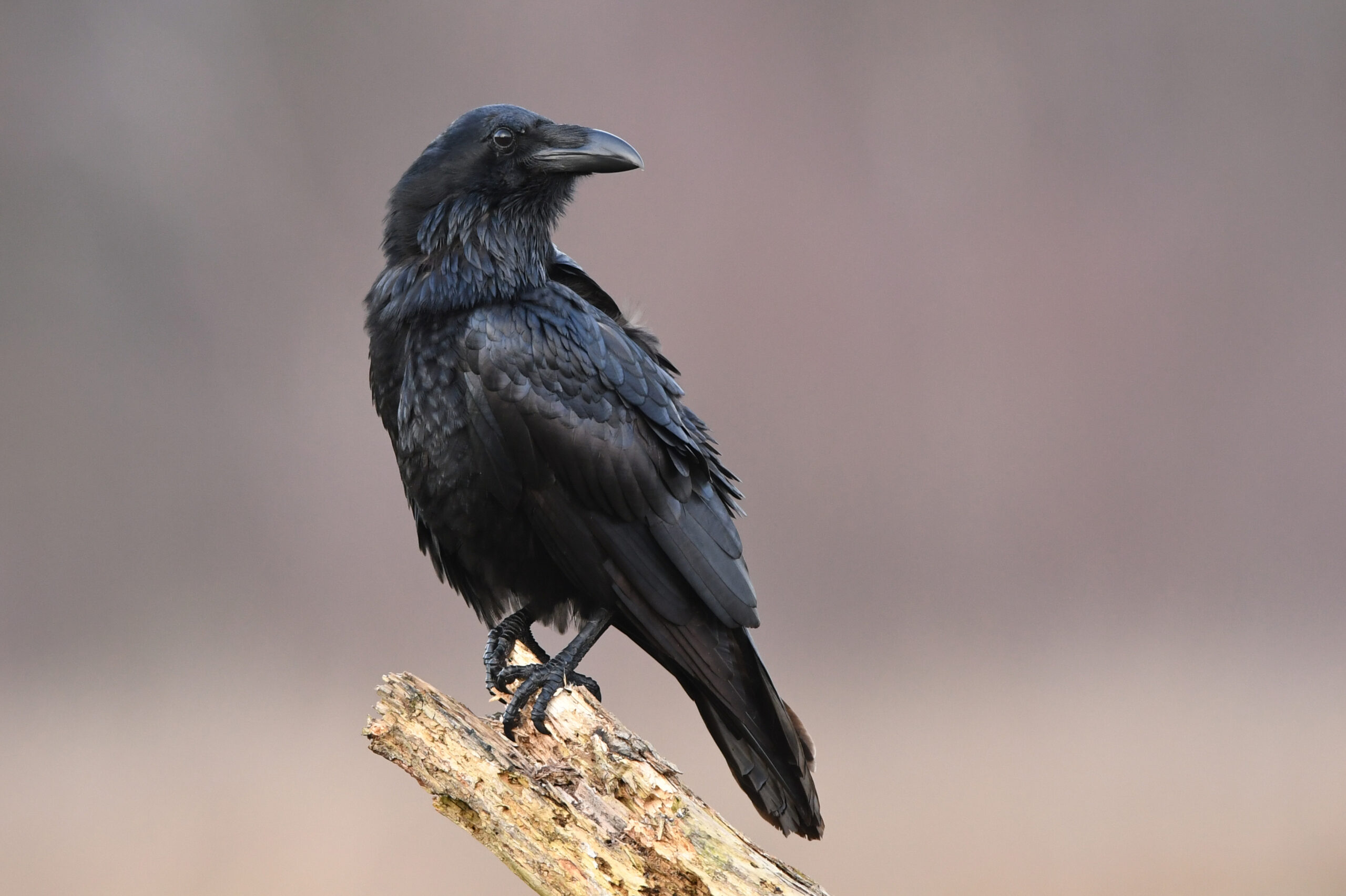The raven population in one Utah county has expanded so dramatically in recent years that it’s threatening the population of another animal that calls the area home: the desert tortoise. Now the Washington County Habitat Conservation Advisory Committee, which oversees the county’s Habitat Conservation Plan, is stepping in. The committee voted on March 28 to “move forward with federal partners to create a raven management plan,” according to St. George News.
Part of that plan? A multifaceted approach to “raven birth control” that involves destroying their eggs, removing roadkill, and, yes, even shooting lasers to keep the birds away from the smorgasbord of landfills.
Officials have to try multiple approaches because ravens are smart — smart enough to know that young desert tortoises make for easy pickings because of their softer shells, and smart enough to teach their fledglings the same thing. And while a native species, raven populations tend to follow the same growth curve as humans. Where we go, so do ravens. They like our landfills and increased access to water in the form of artificial reservoirs.
That’s bad news for baby desert tortoises, a species that the U.S. Fish and Wildlife Service listed as “threatened” in 1990. More than 30 years later, that designation remains.

“What we see are reports of survival of (0- to 10-year-old tortoises) that are below sustainable levels and, in some places, completely wiping out any efforts to either head start animals or to monitor juveniles,” Mike Schijf, a biologist at Red Cliffs Desert Reserve, told St. George News.
Red Cliffs Desert Reserve is a crucial habitat for desert tortoises and was created in 1996 to protect the reptiles. It will be the focal point of the upcoming raven management practices.
Four Methods of Raven Management
St. George News reported that the county’s plan will be a multipronged approach, likely including a roadkill removal program, new types of utility poles that discourage nesting, and — get this — the installation of raven-deterring lasers at nearby landfills. Public outreach initiatives aimed at reducing trash are also on the docket.
But the primary method, at least in the Red Cliffs Desert Reserve, will be “egg oiling.” The practice involves placing oil on the outside of raven egg shells, effectively cutting off oxygen transfer to the egg’s interior. Without oxygen, the embryos inside the eggs never develop.

The hope is that the practice will get the area “back to where we need to be in terms of [juvenile tortoise] survivorship,” said Kerry Holcomb of the U.S. Fish and Wildlife Service’s Desert Tortoise Recovery Office.
To enact the plan, U.S. Fish and Wildlife must first receive a permit from its own Migratory Bird Permit office, and then allow the plan to be refined on a local level by a committee. GearJunkie reached out to Red Cliffs Desert Reserve officials for information on a timeline. According to Cameron Rognan, an administrator at Washington County HCP, the management plan will likely go into effect sometime between 8 months and a year from now.








